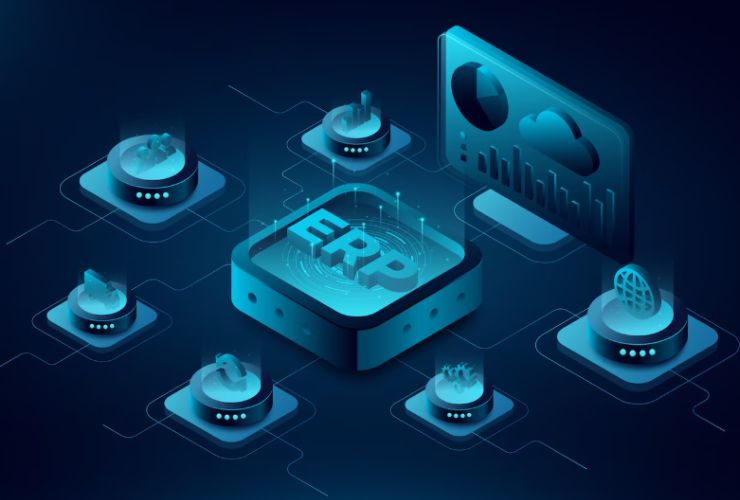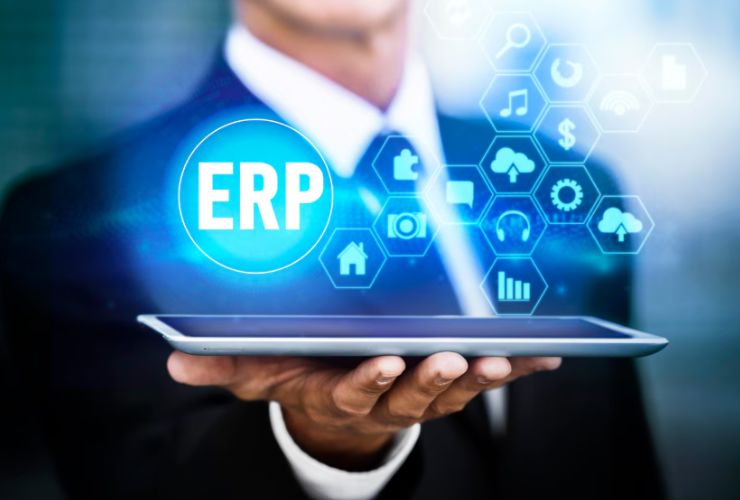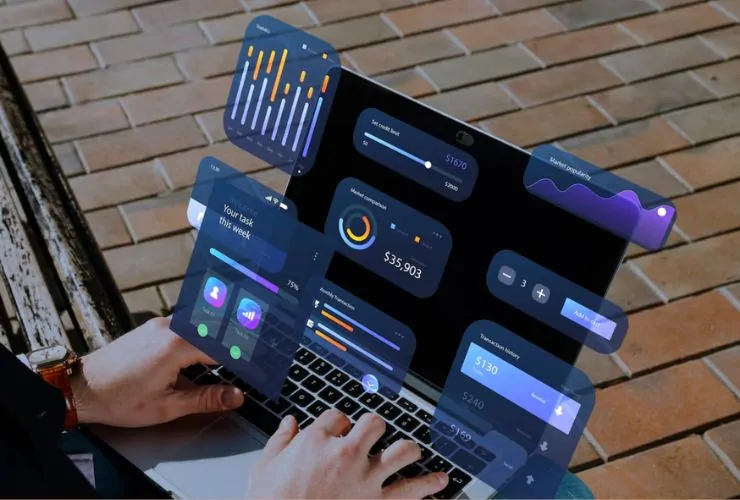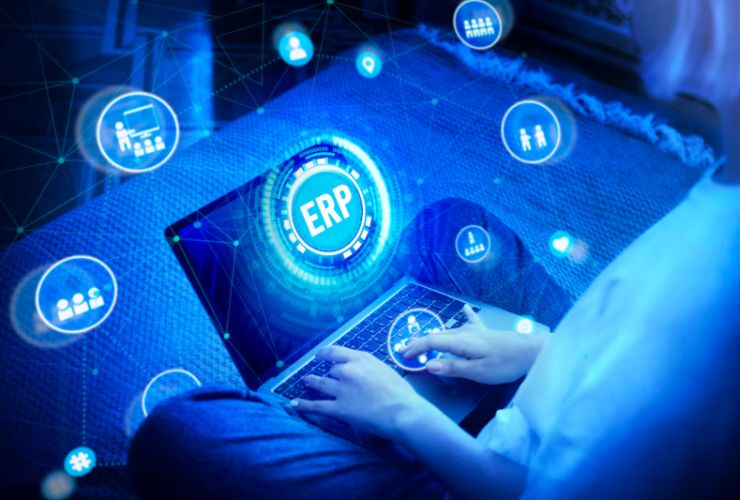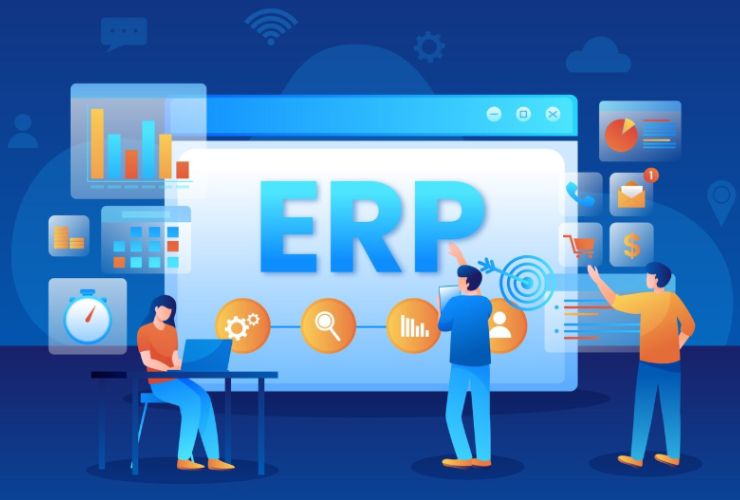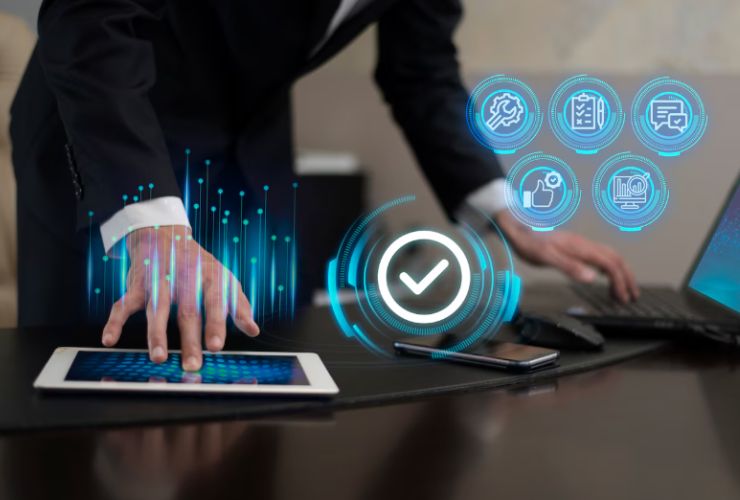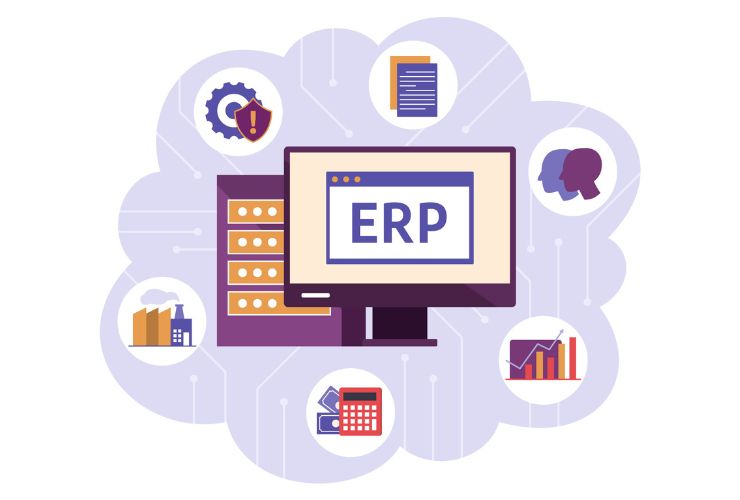With this fast-changing business world of today, digital transformation is high on the agenda of businesses that want to remain competitive, agile, and customer-focused. A requirement to compete to innovate, reduce costs, and keep up with rising customer expectations compels businesses to reassess how they work and leverage technology. At the core of this is the requirement for smooth technology integration. ERP integration stands out as the key enabler of successful digital transformation.
What is Digital Transformation
Digital transformation is an awful lot more than the technology take-up or digitization of business processes. It is a profound shift in the way business is done and the way a company delivers to the customer. As much as it involves redesigning business processes, simplifying data management, and deepening customer engagement for building organizations that are not only efficient but innovative and highly responsive to market forces, that is fundamentally what it is about.
It touches all functions within an organization — from accounting and procurement to sales and marketing, and customer service. But it requires technology systems that will be able to converse in unison, exchange real-time data, and collaborate.
The Role of ERP Integration in Digital Transformation
ERP solutions have long been at the center of virtually every corporation, where enormous business operations such as finance, inventory, procurement, and human resources are all housed in one system. ERPs by themselves are powerful, but they’re usually just half the technology story.
The actual power of digital transformation is achieved when ERP applications are seamlessly integrated with other major applications — customer relationship management (CRM), e-commerce sites, supply chain software, marketing automation, and analytics software. Seamless integration makes data move freely throughout the entire business system, giving end-to-end visibility and choreographed business processes.
Some of the major benefits of ERP integration in digital transformation are:
Integrated Data Throughout Systems: ERP integration with other business applications eliminates data silos because it facilitates single-source truth. All departments are then making decisions from one set of correct and consistent data, driving better decisions and reducing errors from conflicting data.
Process Automation: Repeated processes and manual re-keying of data distract from employee time better spent elsewhere and heighten the risk of errors. Integration eliminates these processes, allowing employees to focus on strategic, value-added activities. Automation further accelerates processes, reducing cycle times and enhancing productivity.
Real-time Visibility: Having real-time data across departments enables executives to make timely, informed decisions. Monitoring sales trends or keeping track of inventories and customer orders, real-time data enables firms to act prior to circumstances changing.
Scalability and Responsiveness: Business Needs Evolve Quickly as Businesses Grow, ERP systems collectively provide the scalability to grow and evolve without having to replace expensive systems or impact mainline IT. Responsiveness simplifies expansion into new geographies, new product launches, or acquisitions.
Why ERP Integration Is a Strategic Fit for Digital Transformation
As the need to digitally innovate grows, plans stall or move slowly due to a fractured system and information silos. Digital transformation plans without integration achieve isolated benefits but not systemic change.
ERP integration tears down such barriers by embracing a one-technology platform that:
Enables Cross-Functional Collaboration: With all teams, including operations, finance teams, and sales and marketing teams, having access to the same information and linked processes, collaboration is optimized. Synchronization takes away silos, communicates, and accelerates project delivery.
Drives Data-Driven Innovation: Converged solutions enable organizations to take advantage of next-gen analytics, AI, and machine learning. The applications scan combined data sets to find insights, automate processes, predict customer behavior, and uncover new streams of business.
Enhances Customer-Centricity: In today’s experience economy era, open, personalized customer experiences are the key to loyalty and expansion. Integration of ERP provides uninterrupted customer marketing, sales, and support data flows, permitting all-touchpoint experiences to be consistent.
Enhance Operational Effectiveness: Synchronized, automated processes eliminate the chances of human mistakes and intervention, resulting in faster order filling, enhanced inventory control, and better regulatory compliance.
Looking into the Future: The Future of Digital Transformation and ERP Integration
As technologies become more digital in orientation, the function of ERP integration will grow only further. Technologies like cloud computing, IoT, AI, and advanced analytics make the argument for integrated systems that can perform complex data-driven activities even more compelling.
Companies that initiate ERP integration before time put themselves in a position to capitalize on such technologies and future-proof their businesses. They achieve the responsiveness to turn on a dime to changes in the marketplace, the smarts to innovate nonstop, and the operation muscle to expand with confidence.
Conclusion
ERP integration is no longer a technical improvement — it’s the secret to successful digital transformation. By integrating your ERP system into the broader digital landscape, you create a strategic platform that drives efficiency, innovation, and long-term growth.
Firms that undertake ERP integration uncover the full potential of their technology investment, enabling them to think smarter in everything they do, to provide superior customer experiences, and to lead in a constantly changing digital world.

